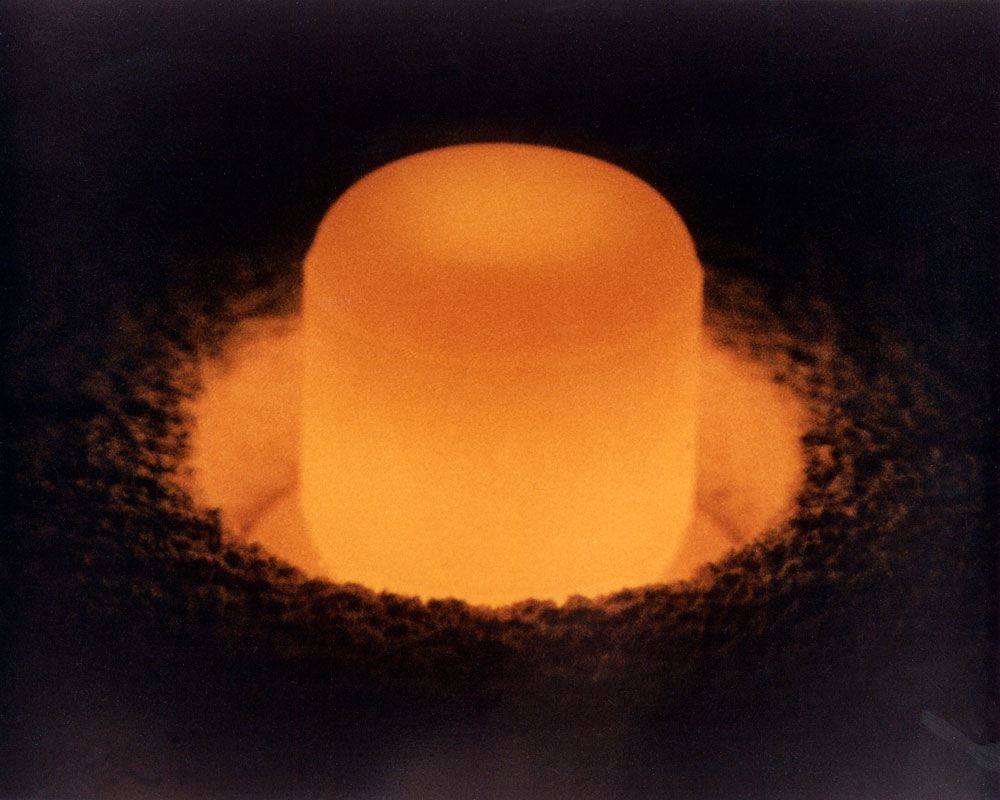The history of nuclear power’s imagined future: Plutonium’s journey from asset to waste
Two histories of nuclear power can be recounted. The first is the history of the active present. It tells, amongst other things, of the technology’s evolution and role in electricity production, its military connections, installed types, capacities and performance of reactors, their fuelling and spent fuel discharges, their accidents, the supplying, operating and regulating institutions, and the involvement of states. The second is the history of the imagined future. It tells of how, at particular moments, nuclear power and much connected with it have been imagined playing out in years, decades, and even centuries ahead.
Plutonium’s history, of each kind, and its legacies are the subject of a recent book by Frank von Hippel, Masafumi Takubo and Jungmin Kang.[1] It is an impressive study of technological struggle and ultimate failure, and of plutonium’s journey from regard as a vital energy asset to an eternally troublesome waste.
Toward heaven or hell? The conflict over plutonium’s future
Read the rest of the article here.
